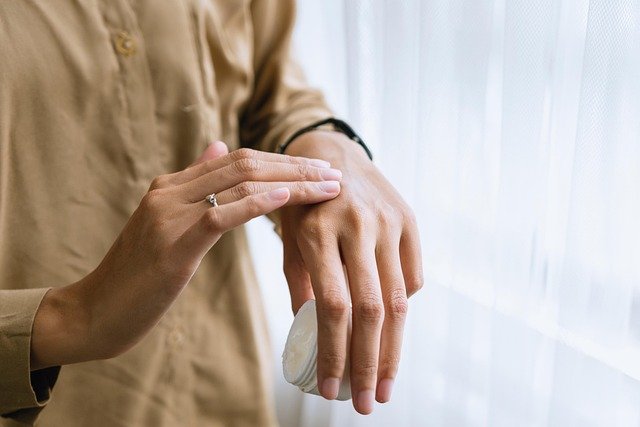Simple at-home tests to identify product compatibility and reactions
Quick, practical checks can help you figure out whether a skin or hair product suits you before it becomes a problem. This short guide outlines easy at-home tests to assess compatibility, spot sensitivities, and reduce waste while keeping dermatology principles in mind.

Start with a calm, methodical mindset when testing new skin and hair products at home. Patch testing, scent-checking, and single-ingredient trials can identify immediate irritations or delayed reactions before you change your full routine. Keep notes on timing, symptoms, and any recent changes in nutrition or environment; these details help interpret results more accurately and support conversations with a dermatologist if needed.
This article is for informational purposes only and should not be considered medical advice. Please consult a qualified healthcare professional for personalized guidance and treatment.
How can dermatology principles guide at-home tests?
When evaluating a new product, think like a dermatologist: reduce variables and test one thing at a time. Start with a clean, small area of skin and avoid mixing new products. Record product ingredients and observe for 24–72 hours for redness, itching, or swelling. If you have a history of sensitivity or an inflammatory skin condition, consider longer observation or consult a professional before trying actives like retinoids or high-concentration acids.
How to test scalp compatibility and reactions?
For scalp products such as shampoos or treatments, perform a spot test behind the ear or on a small patch of scalp you can inspect. Apply a small amount, rinse as directed, and monitor for irritation, flaking, or increased shedding for a few days. When trying sulfatefree alternatives, compare lather and residue effects by alternating with your usual shampoo to see if your scalp’s oil balance and comfort improve.
How can you check hydration, sensitivity, and routine effects?
Assess hydration by observing skin feel and appearance after using a moisturizer or hydrating serum for several days. Use simple measures: note if skin looks plumper, feels smoother, or shows less flaking. For sensitivity, reduce variables by pausing exfoliation and active serums for a week before testing a new hydrating product. Track how changes fit into your routine — layering order and frequency influence outcomes, so introduce one product at a time.
How to test cleansing, exfoliation and sulfatefree claims safely?
When trying a new cleanser or exfoliant, apply it to a small area and follow label instructions exactly. For physical exfoliants, watch for microtears or persistent redness; chemical exfoliants require careful timing and concentrations. If a product claims sulfatefree formula, observe how it affects oil removal and scalp or skin tightness. Keep a cleansing diary noting how often you need to re-clean, any residue, and whether skin barrier complaints appear.
How to test serums, peptides, antioxidants and sunscreen interactions?
Introduce serums and actives one at a time, starting with lower frequency. To test antioxidants and peptides, apply at night or on alternate days and watch for signs of irritation or improvement in texture over several weeks. For sunscreens, test for white cast and reactivity by applying to the face and exposed areas; check compatibility with makeup and other morning serums. Avoid mixing potent actives (like strong acids with certain retinoids) until you know how your skin tolerates each component.
How do microbiome, fragrancefree choices, sustainability and nutrition influence reactions?
Consider the skin and scalp microbiome: overly aggressive cleansing or frequent antibacterial ingredients can disrupt beneficial flora and lead to sensitivity. Fragrancefree formulations reduce the risk of scent-related irritation, especially for sensitive skin. Sustainability practices affect formulation choices—shorter ingredient lists or biodegradable actives may be gentler for some users. Finally, track nutrition and hydration, because diet, supplements, and fluid intake influence skin barrier function and reaction thresholds.
Conclusion Systematic at-home testing reduces unexpected reactions and helps you build a consistent routine based on observed results. Keep records, introduce products one at a time, and prioritize basic dermatology practices such as patch testing, careful cleansing, and sensible layering. If unusual or severe reactions occur, seek evaluation from a healthcare professional to guide safe long-term care.





